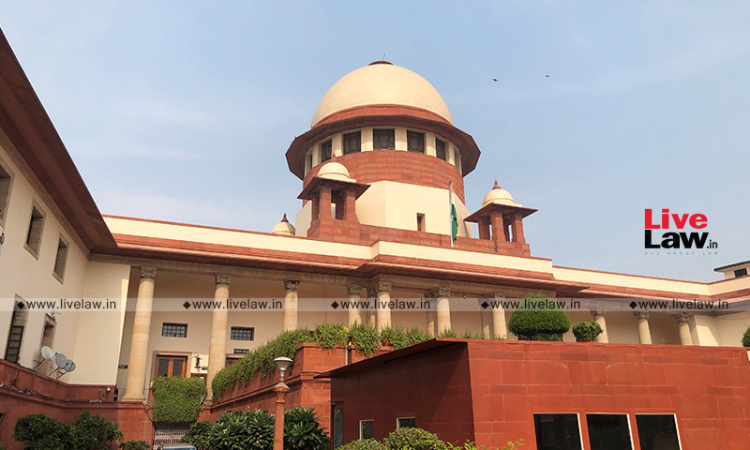Final Report Not Substantive Piece Of Evidence But A Collective Opinion Of Investigating Officer: Supreme Court
LIVELAW NEWS NETWORK
8 Feb 2022 9:36 PM IST

Next Story
8 Feb 2022 9:36 PM IST
The Supreme Court observed that a final report cannot be termed as a substantive piece of evidence being nothing but a collective opinion of the investigating officer.Even assuming that the investigating officer has not deposed before the court or has not cooperated sufficiently, an accused is not entitled for acquittal solely on that basis, when there are other incriminating evidence...
